Returning To Running
Postpartum
First off, there is no set time line when
Returning to running postpartum
Because running is a very dynamic & high impact activity, the pelvic floor absorbs AND creates force, which is why going too hard too soon can create a lot of tension on your pelvic floor & overall recovery from giving birth. In addition, your gait can change during and after pregnancy, which can affect where tension is being overly absorbed as well. Making sure you take the time to rehab & reconnect your deep core & pelvic floor and gradually increase intensity to running is key to avoid injury.
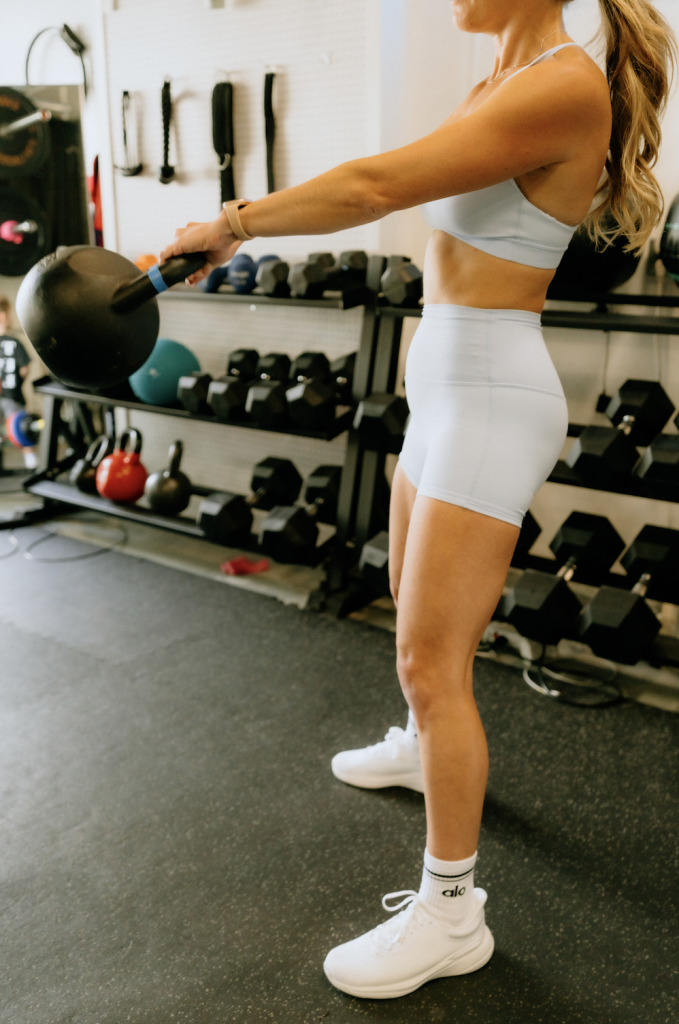
Step 1: Establish Foundation
- Programs by a certified pre & postnatal instructors, such as Mama In Progress, include at least 4 weeks of reconnecting your pelvic floor & low core, adjusting movement based on the type of birth you had.
- Walking with increased durations, assessing after each walk how pelvic floor and overall recovery symptoms are such as bleeding, pelvic pain, abdominal pain, etc.
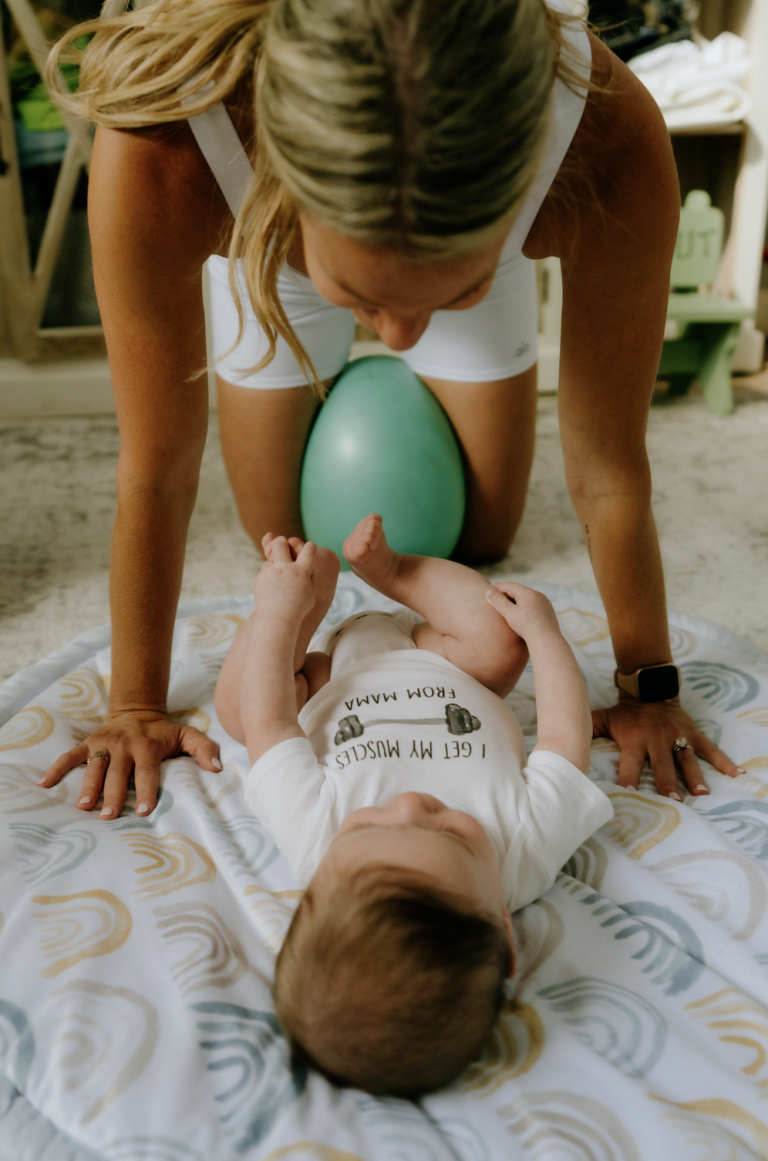
Step 2: Build Off Baseline
- If no symptoms arise from longer duration walks, increase the intensity by increasing incline or hills, and eventually starting to run in small intervals (15 seconds) with walk/rest in between, as long as no symptoms arise after.
- Increase load in strength training exercises, including resistance bands/dumbells, specifically single leg transfer exercises that complement the running movement
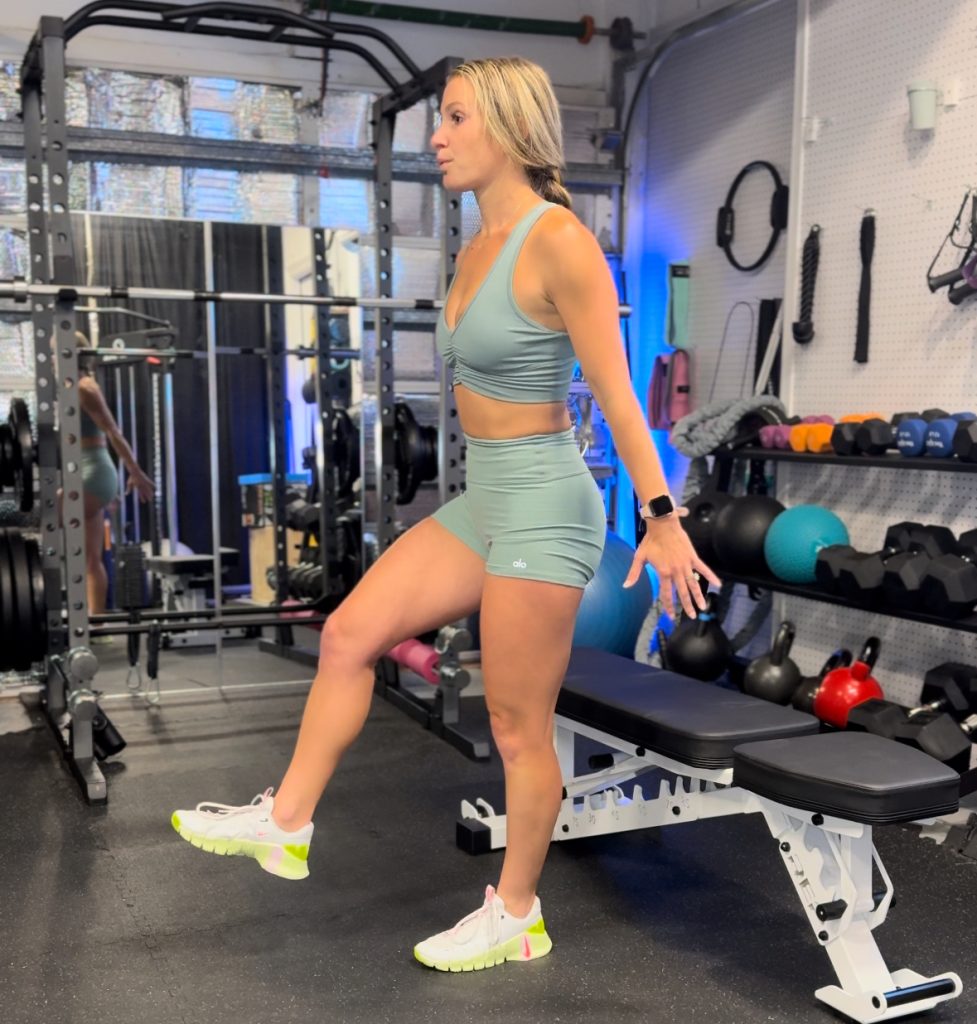
Step 3: Increase The Load
- Start to increase the durations of the running intervals if no symptoms arise such as pelvic floor pressure or tension, incontinence, or prolapse symptoms.
- Compliment the foundational movements from stage 1 & 2 with an increase load (weights) given that there are not any symptoms that arise.
- Along with exercises such as step ups & lunges that mimic running movement patterns, increasing glute strength to help increase the load the pelvic floor can absorb and create
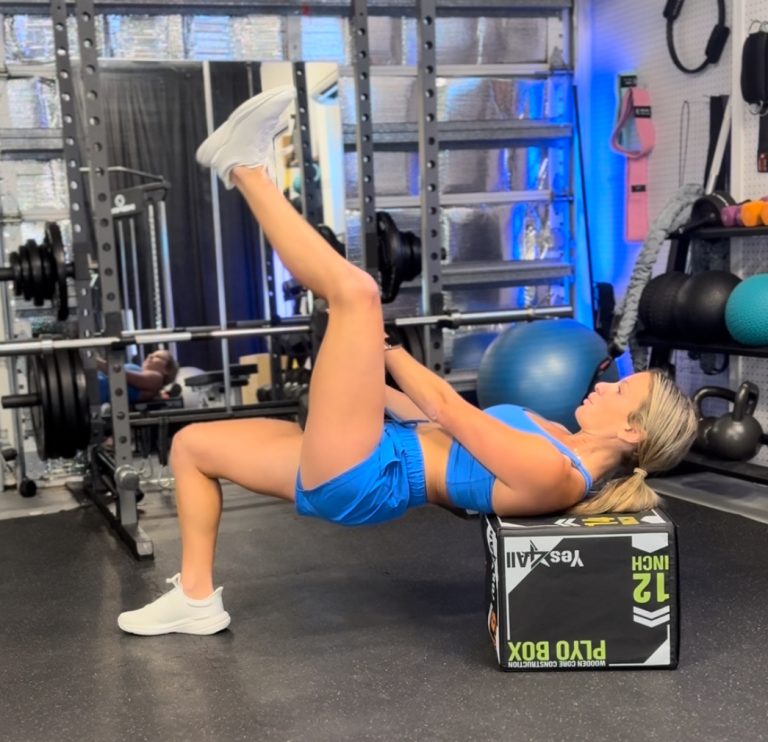
Step 4: Test The EXPLODE
- Train explosion (absorption & production)exercises, usually ones that involve plyometrics, and assess how pelvic floor symptoms are during and afterwards.
- Starting to assess pelvic floor symptoms during consistent paced runs, and even adding in sprints
- Increasing load & intensity of stages 1-3

What Symptoms to look out for:
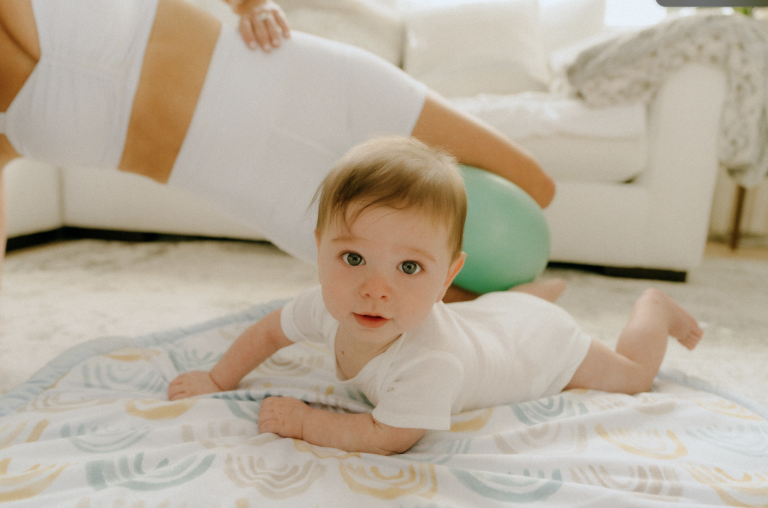
- Are you peeing when you sneeze?
- Do you feel the urge to pee?
- Pain or pressure in your vagina or rectum?
- Fatigue in your vagina?
- Hemorrhoids?
- Pelvic or lower abdomen pain?
If you have any, adjust your stage/load with your coach, as well as consult with Pelvic Floor Physical Therapist!
What cues are helpful:
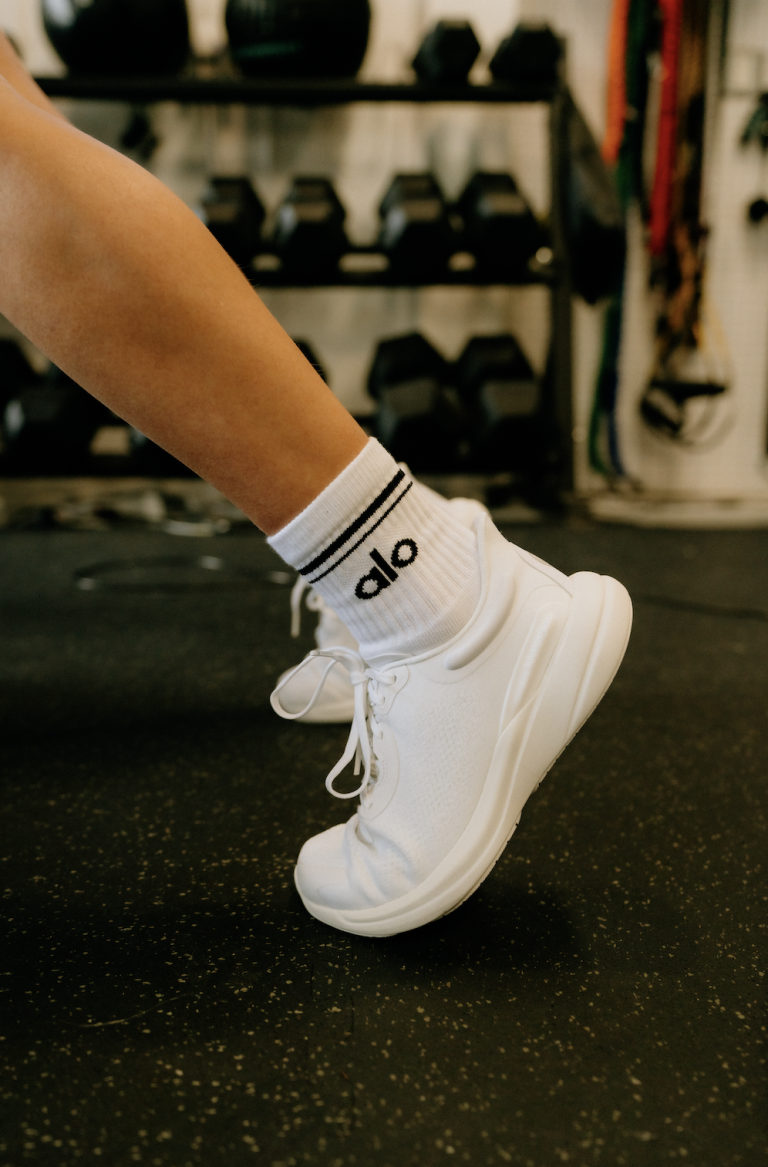
- Nose over toes
- Rotate upper body
- Relax/drop traps and jaw
- Longer stride
- Audible exhales (every so often)
- Let tension in abs go
- Reset often (shake it out, stretch, walk)
- Butt behind you